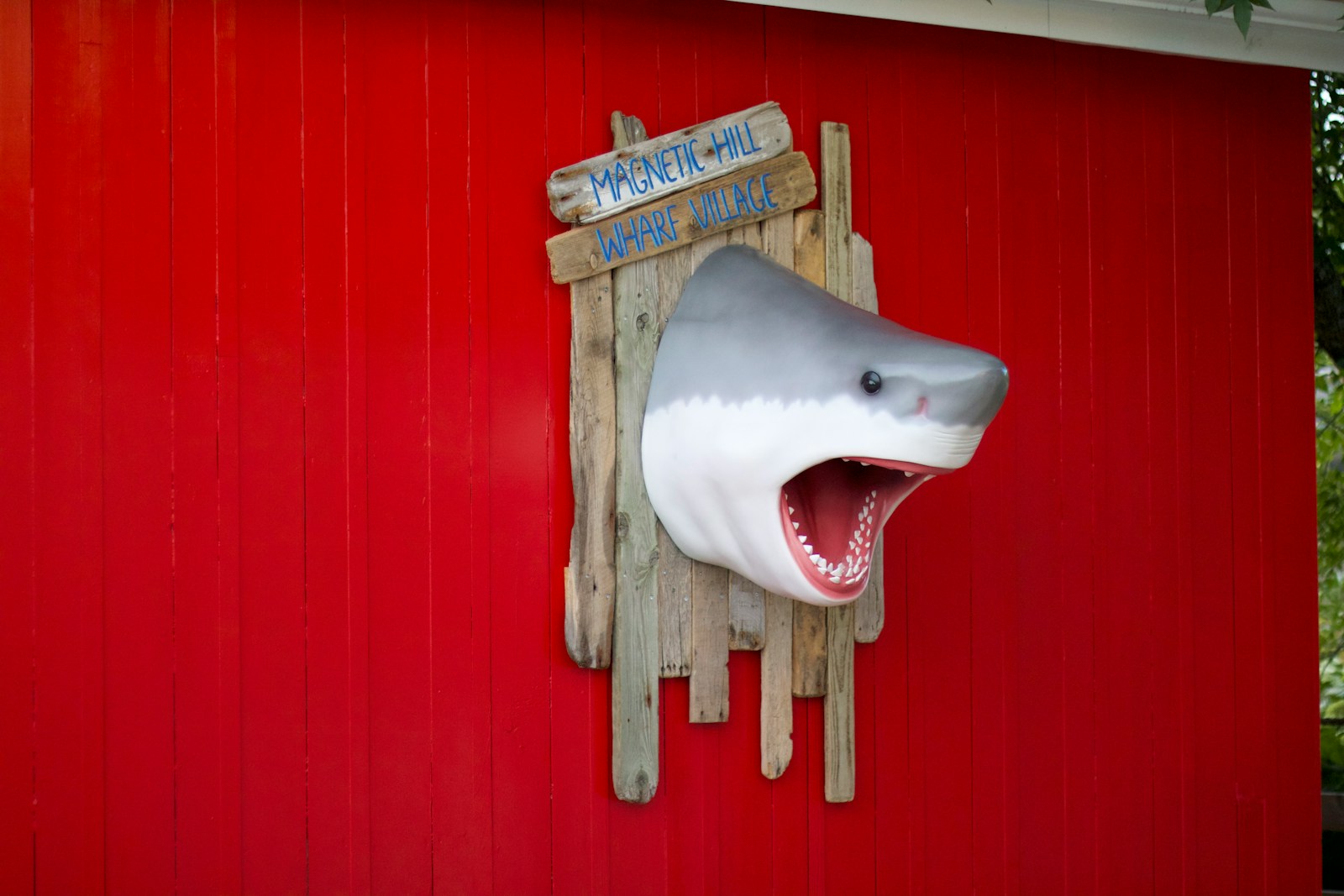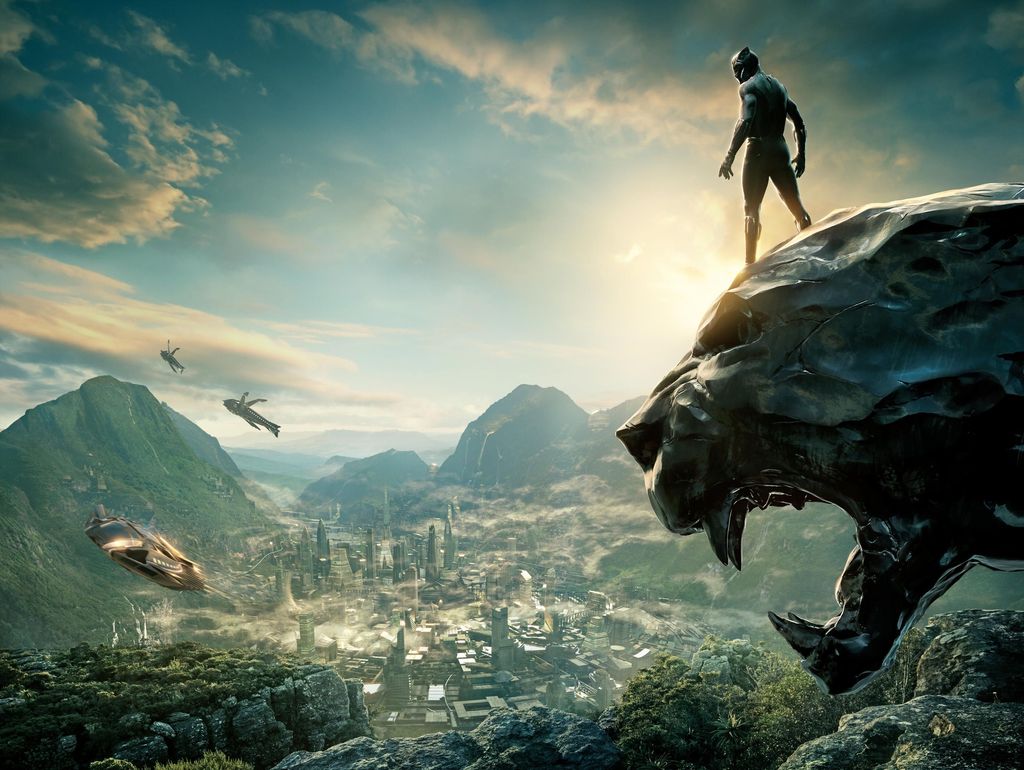
The relentless pursuit of a breakout hit’s success has become a cornerstone of the modern film industry, a trend more prevalent now than ever before. Studios, driven by the desire to capitalize on sudden notoriety or established popularity, are quick to greenlight sequels and spin-offs, evident in the rapid follow-up to ‘M3GAN’ or Paramount’s expansion of ‘Sonic the Hedgehog’ with a Knuckles the Echidna series. Whether it’s a slasher with legendary potential or an action hero poised for multiple films, the impulse to maximize profit is undeniable.
Unfortunately, this drive doesn’t always translate into continued success, and more often than not, it results in the dismantling of big-name franchises. As studios attempt to stretch a franchise thin across numerous sequels for financial gain, there’s an almost inevitable decline in quality. The original story often becomes diluted, losing the unique intrigue or creative spark that made the initial film so captivating.
By the time these franchises hit rock bottom or fade into irrelevancy, the studios might still have amassed their desired profits, but fans are invariably left with a bitter taste of disappointment. This ongoing pattern of prioritizing the bottom line over artistic integrity compels us to look closer at the cinematic sagas that have suffered, falling victim to the relentless pursuit of more.
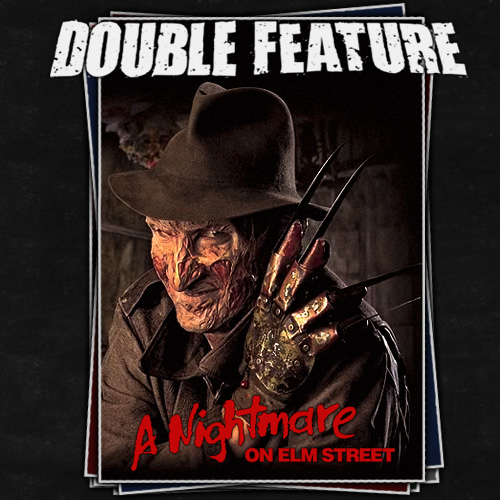
1. **A Nightmare on Elm Street**
When Wes Craven first introduced audiences to Freddy Krueger in “A Nightmare on Elm Street,” he delivered New Line Cinema’s first significant triumph. Robert Englund’s portrayal of Freddy quickly resonated with horror enthusiasts, brimming with potential to evolve into something much grander. This immediate success spurred New Line to develop numerous sequels, establishing a slasher formula that was easily replicable for quick returns.
While the franchise certainly achieved lucrative box office triumphs, with each subsequent entry increasing its financial haul, the sequels frequently diverged from Craven’s original vision. Subsequent “Nightmare” films prioritized Freddy’s signature quips and elaborate kills, often at the expense of a cohesive narrative. His backstory grew increasingly convoluted, eventually becoming riddled with glaring plot holes, and the supporting characters were reduced to generic horror tropes, serving merely as fodder for Freddy’s escalating antics.
Some critics even posited that the slasher formula perfected by the “Nightmare” sequels contributed to the overall decline of the slasher genre itself. This was largely due to the series shifting its focus away from genuine scares and psychological terror, instead making Freddy the singular, marketable selling point. There’s no disputing the original “Nightmare on Elm Street’s” enduring impact on horror, nor Freddy’s secure place on the Mount Rushmore of slashers. However, New Line’s fervent determination to cash in on its initial hit utterly depleted the franchise’s creative power, a likely reason why a second “Nightmare” reboot remains stuck in “development hell.”
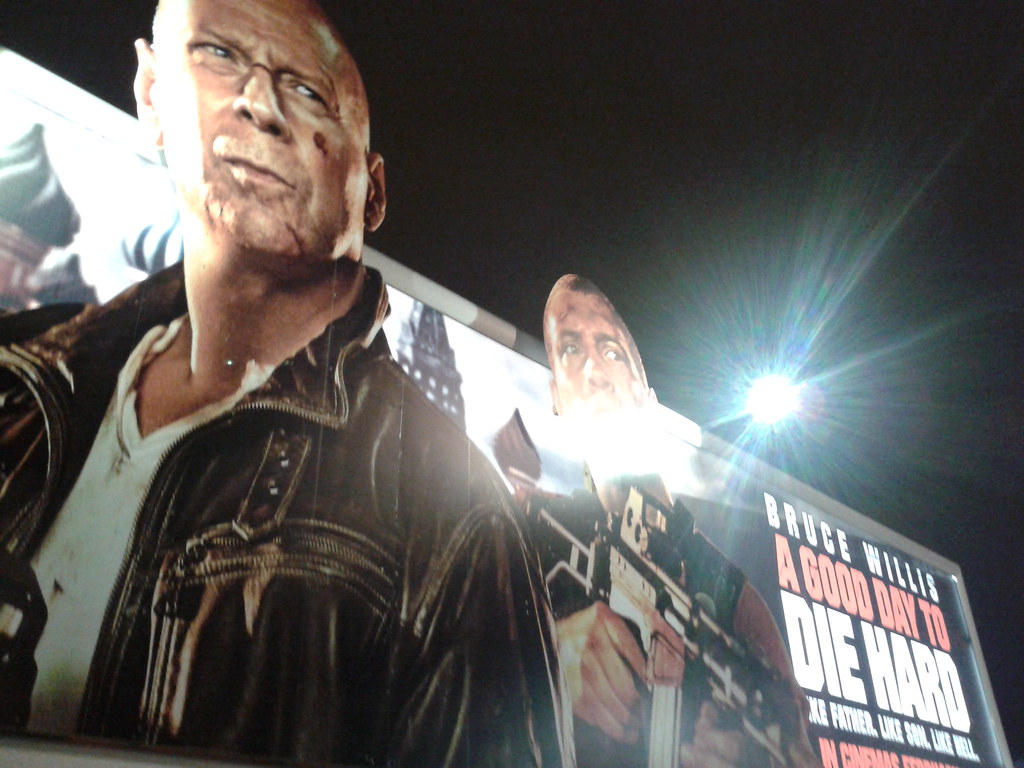
2. **Die Hard**
The original “Die Hard” stands as an undisputed classic within the action genre, a benchmark against which many films are still measured. It’s widely acclaimed as Bruce Willis’s highest-rated film and has remarkably maintained its cultural relevance, fueling a yearly debate about its status as a Christmas movie. Regrettably, the esteemed “Die Hard” franchise name has been significantly tarnished by subsequent, seemingly unnecessary attempts to adapt it for the modern action era.
While the immediate follow-ups to the original film largely managed to retain the gritty, tough-guy aesthetic that distinguished “Die Hard” from its contemporaries, the more recent entries systematically stripped away these unique characteristics. The persistent effort to keep this franchise alive, solely to profit from its recognizable name and the star power of its lead actor, resulted in contemporary films that prioritized empty spectacle over meaningful substance. Both “Live Free or Die Hard” and “A Good Day to Die Hard” abandoned the grounded realism of the action and the relatable vulnerability of protagonist John McClane.
Instead, these films devolved into generic action fare, losing the very essence that made the original so compelling. “A Good Day to Die Hard,” in particular, was so thoroughly lambasted by both critics and audiences that it effectively sealed the franchise’s fate. As writer Jason Bailey observed in a Flavorwire franchise overview, the climax of “A Good Day to Die Hard” perfectly encapsulates where things went astray: “It’s exactly the kind of physics-defying superheroic feat that a movie like ‘Die Hard’ rebuked.” Any lingering hope for a genuine return of “Die Hard” has largely faded, and given the overtly forced nature of its modern installments, perhaps its quiet demise is for the best.
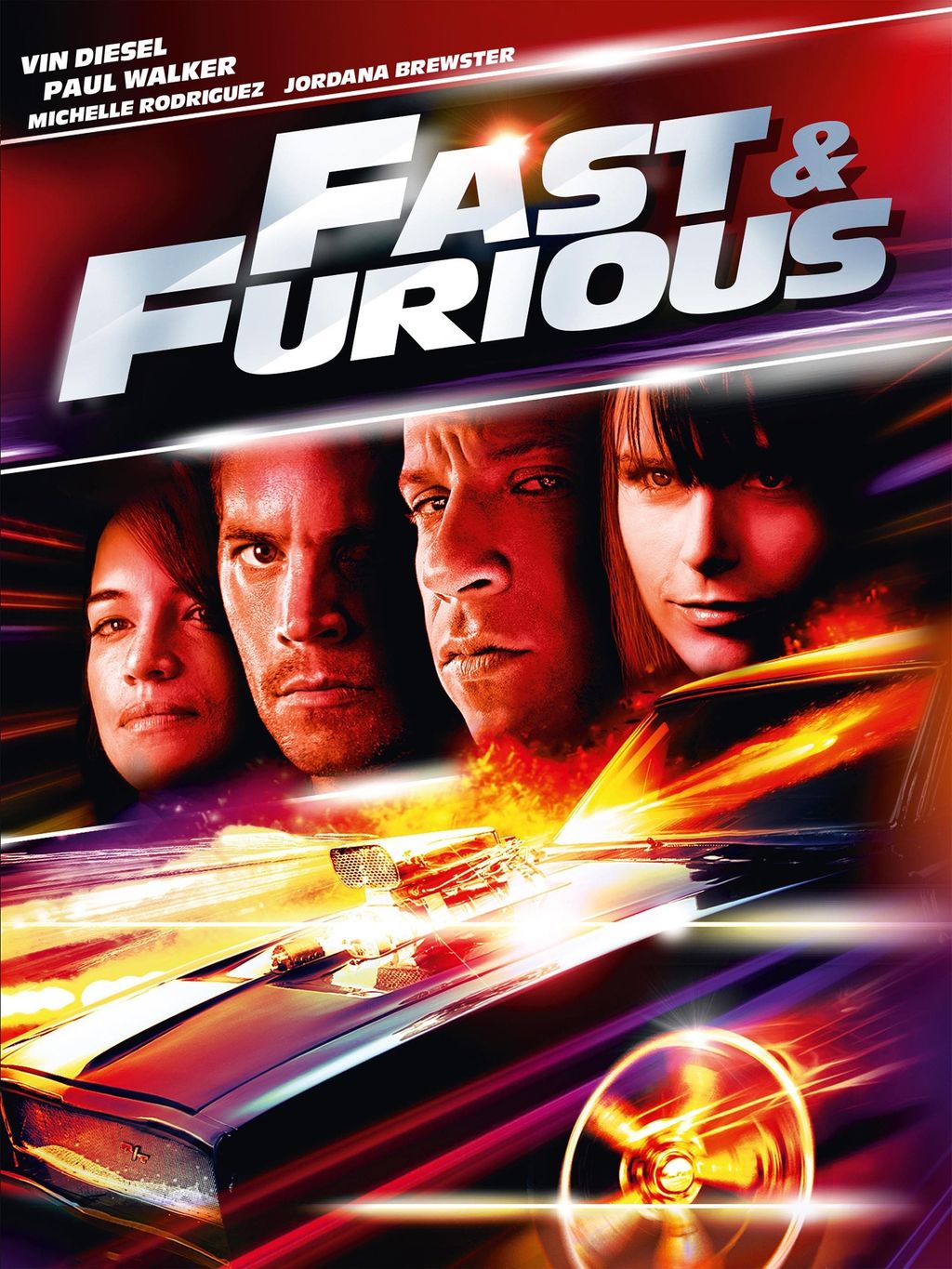
3. **The Fast and the Furious**
“Fast & Furious” has undeniably evolved into a globally recognized film franchise, yet its journey has been fraught with numerous obstacles that arguably should have brought it to a halt long ago. The series transformed into a blockbuster juggernaut following “Fast Five,” a pivotal film where street racing receded into the background, replaced by increasingly over-the-top heists. This shift fundamentally altered public perception, moving it from a cult favorite to a commercial powerhouse capable of raking in hundreds of millions with each new installment.
However, the untimely death of Paul Walker should have marked the definitive end of the “Fast & Furious” films. His absence was deeply felt, and many believe the franchise’s soul departed with him, leaving a void that subsequent films struggled to fill. Once the “Fast & Furious” franchise had perfected its heist formula and embedded the concept of “family” into popular internet lexicon, Universal eagerly continued to churn out sequels, driven by a clear money-making agenda.
This relentless production cycle, sadly, only led to sequels that began to wear down audiences, consistently emphasizing the series’ ridiculous escalation of stakes purely to entice viewers. Characters have defied death so many times that they are practically superhuman, a testament to how wildly absurd the narratives have become. If the lukewarm reception from critics and the disappointing box office performance of “Fast X” are any indication, Universal should have recognized that the franchise’s glory days were well behind it, largely thanks to its own greedy oversaturation of these films.
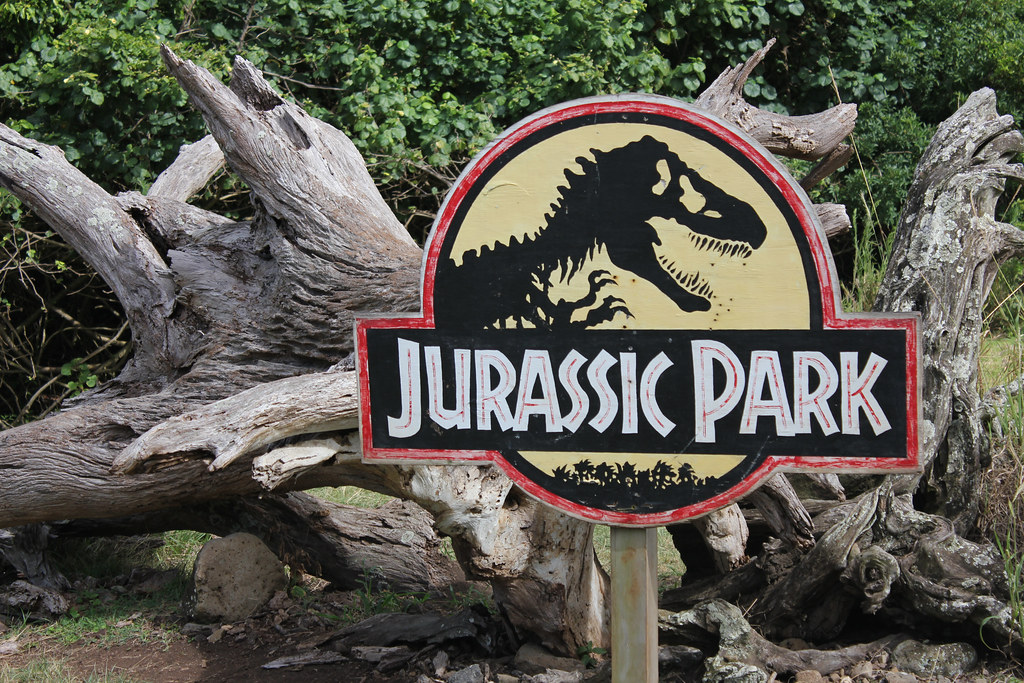
4. **Jurassic Park**
It’s an undeniable truth that Universal’s unwavering commitment to sustaining “Jurassic Park” as a franchise stems almost entirely from the monumental success of Steven Spielberg’s 1993 original. That groundbreaking film consistently shattered box-office records and immediately garnered widespread critical acclaim. Yet, despite this foundational triumph, Universal largely failed in creating worthy successors, instead crafting numerous sequels that fans would generally prefer to forget.
Both “The Lost World: Jurassic Park” and “Jurassic Park III” struggled significantly to recapture the profound sense of awe and wonder that defined the original. Instead, these follow-ups often focused on underdeveloped characters and mechanically rolled through formulaic thrills, never quite hitting the mark. Neither film managed to approach the box-office heights of the first, and both are commonly cited as inferior sequels, although “Jurassic Park III” has seen some re-evaluation in recent years.
Then came Universal’s ambitious attempt to rejuvenate the franchise through the “Jurassic World” trilogy, which, while financially successful, introduced its own set of critical issues. The initial “Jurassic World” was perceived as a strong refresh for the series, but its two subsequent films, “Jurassic World: Fallen Kingdom” and “Jurassic World Dominion,” were widely regarded as significant downturns in quality. Both later entries suffered from uninspired writing, bizarre and often illogical plot directions, and an overt silliness that utterly stripped away the genuine scary thrills that had made the original film a classic. Ultimately, Universal may have earned the money it sought with these “Jurassic” sequels, but it left the franchise’s narrative in an irredeemable mess.
5. **Jaws**
Remarkably, long before “Jurassic Park” saw its legacy diluted by profit-driven sequels, another one of Spielberg’s cinematic masterpieces, “Jaws,” suffered a similar fate, its reputation marred by utterly pointless continuations. Like “Jurassic Park,” “Jaws” was an unprecedented cultural phenomenon and a record-shattering box-office titan, prompting Universal to exploit its success through a series of what proved to be unnecessary sequels. Tragically, these follow-ups did nothing but detract from the original film’s brilliance, transforming a universally praised horror-thriller into a complete cinematic joke.
The precipitous decline began with “Jaws 3-D,” a blatant attempt by Universal to align itself with the fleeting trend of 3-D cinema’s resurgence. In a review for Gone With The Twins, writer Mike Massie astutely identified this film as the beginning of the end for the franchise, describing it as “an opportunity to capitalize on pre-sold audiences and the trend of 3D gimmicks for not only sequels but also, specifically, horror movie follow-ups.” This installment was less about storytelling and more about a technological fad.
However, the subsequent film, “Jaws: The Revenge,” proved to be the absolute nadir of the series, a disaster in virtually every respect. The film was widely condemned for its utterly baffling story, which included illogical psychic connections between a shark and a human protagonist, alongside unbelievable efforts of revenge. There are a few films whose legacy has been as thoroughly compromised by money-chasing sequels as “Jaws,” which was ultimately transformed into a franchise that never needed to exist in the first place.
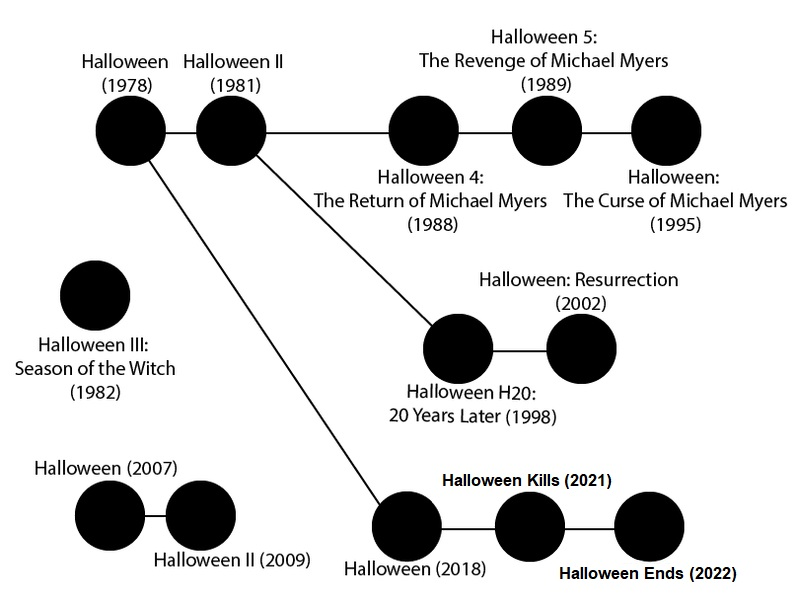
6. **Halloween**
The inaugural “Halloween” film has exerted an enduring influence on the slasher genre for decades, celebrated for its genuinely terrifying killer and its effectively executed scares. Yet, this iconic beginning was unfortunately succeeded by a succession of miserable and confusing entries. While the first two films are cherished by horror aficionados, they inadvertently initiated a problem that eventually trapped the franchise in a creative corner.
Initially, writers and producers John Carpenter and Debra Hill had no desire to extend Michael Myers’ narrative beyond its conclusion in “Halloween II.” Their preference was to steer the series towards an anthology format, which explains why “Halloween III: Season of the Witch” conspicuously lacks the iconic masked killer. However, after “Season of the Witch” flopped commercially and fans vociferously demanded Michael’s return, he was reluctantly reinstated as the definitive face of the franchise, giving rise to a multitude of sequels and reboots.
Michael’s forced comeback in “Halloween 4: The Return of Michael Myers” sparked a litany of problematic trends within the series. These included frequently retconned story arcs, a carousel of reboots, and just plain baffling conceptual choices. Seriously, the narrative grew so bizarre that the fifth film introduced a mute protagonist and cryptically hinted at Michael’s involvement with some mysterious cult. As the franchise escalated in ridiculousness, the knee-jerk solution became to simply discard everything and start afresh, leading to the proliferation of numerous complicated and often contradictory timelines. These sequels reeked of a desperate bid to keep Michael in the public eye, ultimately morphing the entire “Halloween” franchise into one colossal, unmanageable mess that no one seems capable of untangling.
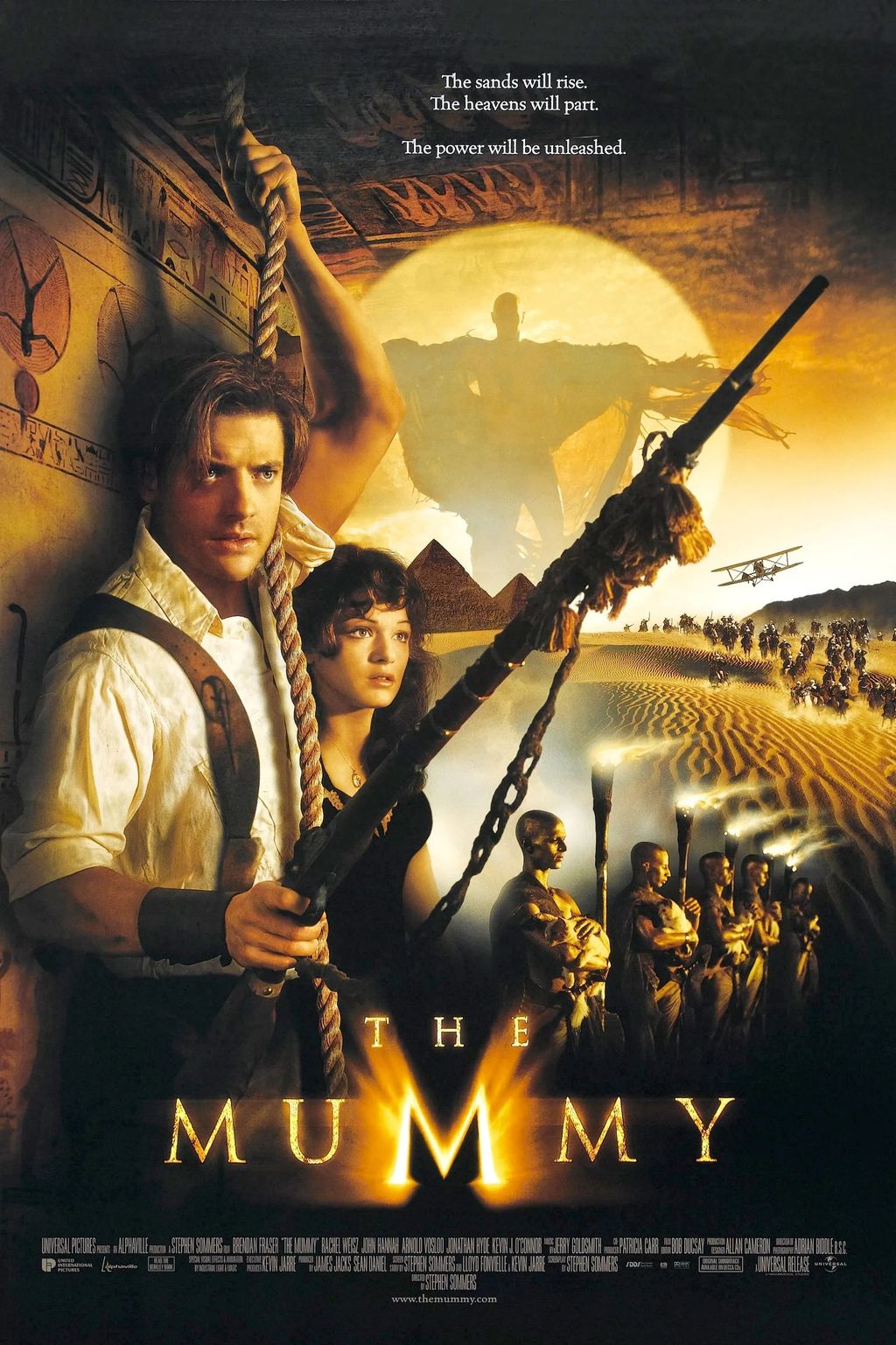
7. **The Mummy**
Among Universal’s pantheon of classic monsters, no creature feature saw the studio more desperately attempt to keep it in the cultural spotlight than “The Mummy.” Following the twilight of the classic monster era, Universal successfully rebooted the franchise with the 1999 Brendan Fraser-starring action-horror-adventure film “The Mummy.” This film injected new energy and charm into the iconic franchise name, establishing fresh lore and, notably, elevating Fraser to blockbuster-leading star status.
However, the subsequent sequels proved unable to escape the same detrimental pitfalls that plagued many entries on this list, inevitably diminishing in quality as time progressed. Both “The Mummy Returns” and “Tomb of the Dragon Emperor” steered the franchise too far from its original horror roots, leaned excessively into the use of unappealing CGI, and relied too heavily on recycled story formulas and generic spectacle to sustain themselves. The franchise further entrenched itself in despair with Universal’s attempts to keep it going through various “Scorpion King” spinoffs, which also failed to gain traction and largely survived only through crummy direct-to-DVD or video releases.
To compound matters, Universal then tried to revive the franchise with the 2017 Tom Cruise-led reboot, an endeavor explicitly designed to kickstart the ambitious “Dark Universe.” That reboot not only failed so spectacularly that its box-office returns and critical reception are among the poorest in the franchise’s history, but it also resulted in the complete scrapping of the entire Dark Universe concept. Universal’s tenacious insistence on profiting from “The Mummy” has only solidified its status as a cursed franchise, one that appears unlikely to ever truly rise again.
Continuing our deep dive into the cinematic sagas that succumbed to the siren song of the sequel, we move beyond the initial wave of narrative dilutions to explore further examples where original charm was unequivocally sacrificed for the bottom line. Then, we pivot to the grand ambitions of sprawling cinematic universes that, despite their immense potential, crumbled under the weight of their own designs before ever truly taking flight. The distinct reasons for their premature ends offer a stark warning to the industry.

8. **Ice Age**
The early 2000s saw “Ice Age” emerge as a monumental hit for Blue Sky Studios, establishing them as a formidable contender against animation giants like Disney and DreamWorks. Audiences instantly connected with its blend of occasionally dark humor, the compellingly contrasting personalities of its protagonists, and a heartwarming, familiar tale of three disparate allies embarking on a shared journey. And, of course, the enduring struggle of Scrat and his beloved acorn became a universally adored running gag.
Regrettably, this initial triumph paved the way for a barrage of sequels that, while financially robust, consistently saw a precipitous decline in quality. The initial “Ice Age” garnered widespread critical praise and impressive box-office numbers, but subsequent entries witnessed the franchise steadily, though not financially, plummet. Despite this creative freefall, the “Ice Age” series astonishingly continued to rake in substantial sums, ultimately grossing $3.2 billion worldwide against a combined budget of $430 million.
However, the critical consensus tells a far grimmer tale. The franchise’s final installment, “Ice Age: Collision Course,” languished with a dismal 18% critic approval rating on Rotten Tomatoes, a stark contrast to the original film’s respectable 77%. While the financial success is undeniable, it’s difficult to celebrate such an achievement when it came at the profound cost of the very charm and quality that made the first film so deeply cherished.
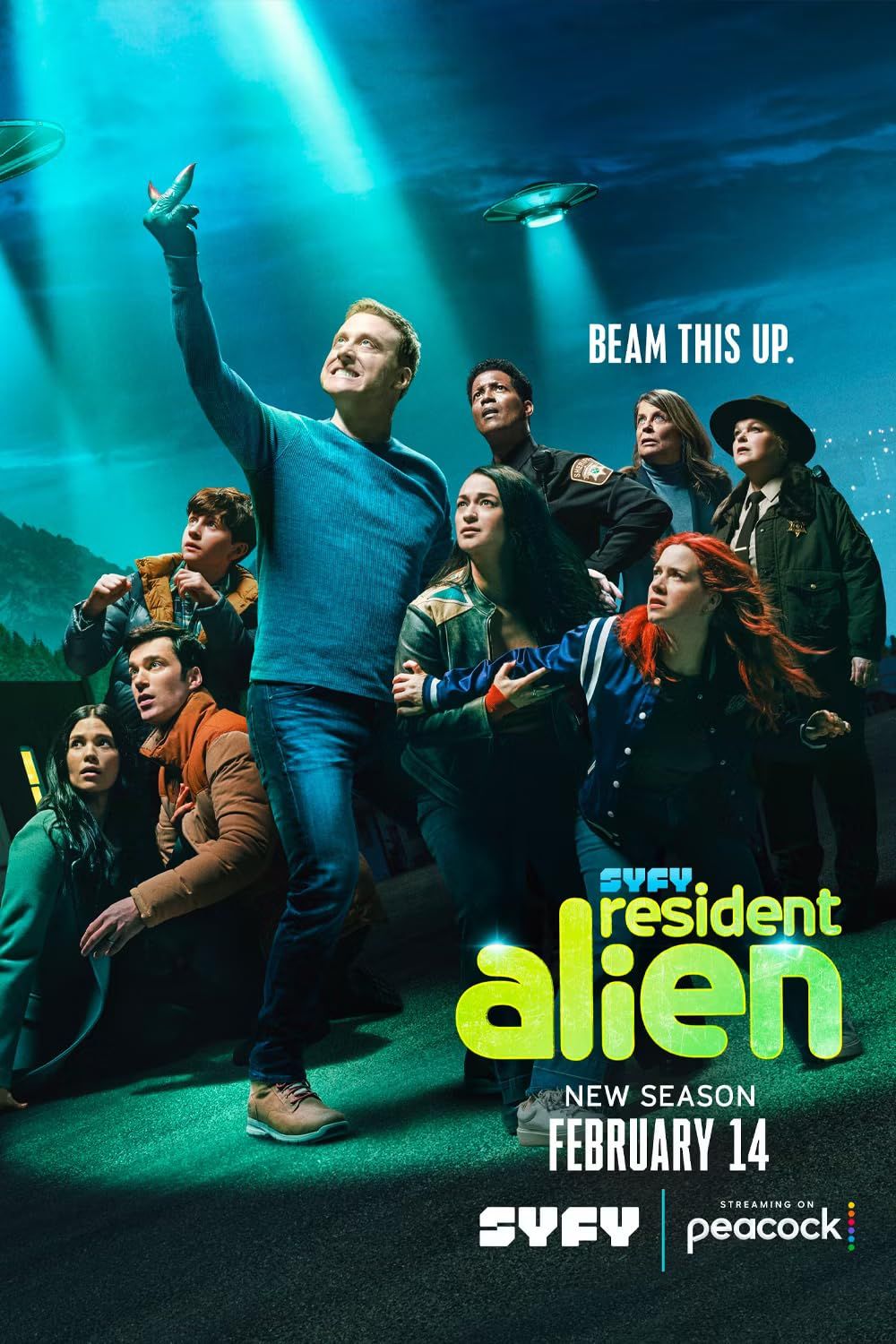
9. **Alien**
The “Alien” franchise began with an undeniable force, launching with two groundbreaking films that achieved both critical acclaim and significant box-office glory, even earning Sigourney Weaver an Oscar nomination for “Aliens.” Yet, this stellar beginning quickly unraveled, with “Alien 3” famously enduring a development hell unlike any other, characterized by a revolving door of directors and writers, and a deluge of producer ideas that never quite coalesced into a cohesive vision.
The eventual film, once released, immediately drew the ire of fans for its unceremonious killing off of beloved characters Newt and Hicks, alongside a host of bizarre stylistic and lore choices that starkly deviated from the franchise’s established craftsmanship. The subsequent trajectory of the “Alien” series only worsened, with even Ridley Scott’s return proving incapable of restoring its former glory. His modern films have introduced divisive changes to the intricate “Alien” lore, further muddying the waters.
Add to this the particularly strange Joss Whedon-led fourth film, which featured a Xenomorph hybrid so outlandish it strained audience credulity, and the picture becomes clear: the blatant, profit-driven attempts to milk this franchise transformed it into an unmitigated disaster. While there’s a glimmer of hope for Fede Alvarez’s upcoming “Alien: Romulus” to potentially redeem some of the series’ missteps, the years of disappointment and confusion conjured by awful sequels have undeniably left a deep scar.
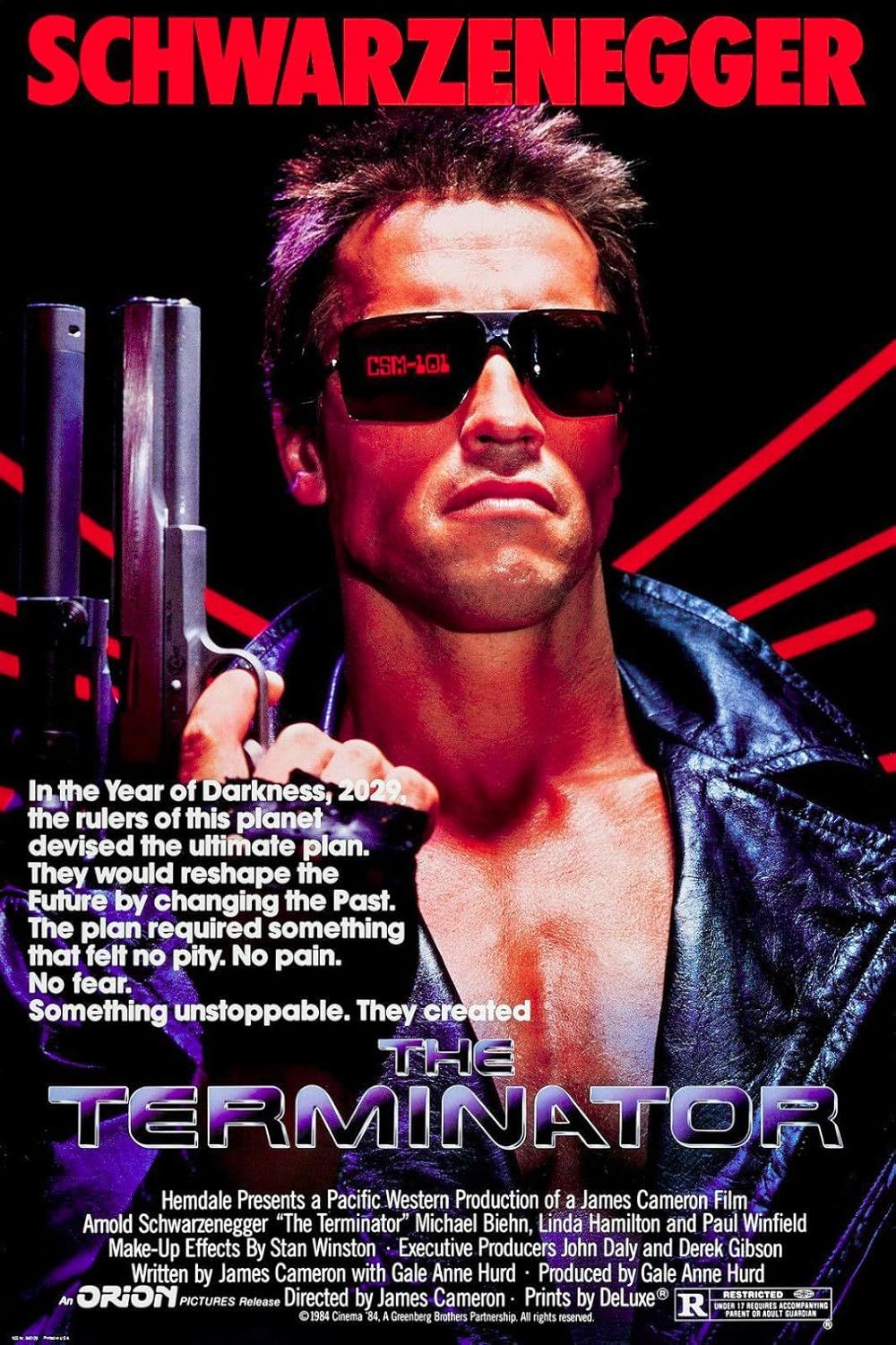
10. **Terminator**
The “Terminator” franchise once stood as a colossal pillar of Arnold Schwarzenegger’s career, instrumental in solidifying his status as one of the biggest action stars of all time, and it commanded immense respect. The first two films are undisputed classics in the action genre, with “Terminator 2: Judgment Day” in particular influencing countless films and becoming a benchmark referenced across the cinematic landscape. The respect and success “The Terminator” franchise once enjoyed were truly remarkable.
Yet, this esteemed legacy has been utterly condemned, systematically destroyed by a series of careless sequels. While these later entries may have sporadically delivered lucrative returns, they fundamentally ravaged the intricate and compelling storyline that made the franchise so beloved. After the unparalleled success of “Terminator 2,” the series simply never found its footing, desperately grasping at any narrative thread to remain in the public eye. What remained distressingly consistent, however, was the relentless tampering with its lore, which only plunged the franchise into deeper confusion.
The extent of this narrative sabotage is staggering: “Terminator: Dark Fate” controversially negated the beloved ending of “Terminator 2,” while “Terminator: Genisys” audaciously asked fans to effectively disregard the only two films in the franchise that genuinely worked. It became painfully clear that “The Terminator” series should have concluded after its second masterful installment. Despite this, Fox pressed on, and while their overt objectives of financial gain were inconsistently met, their efforts ultimately tanked this once-great series to abysmal, irredeemable depths.
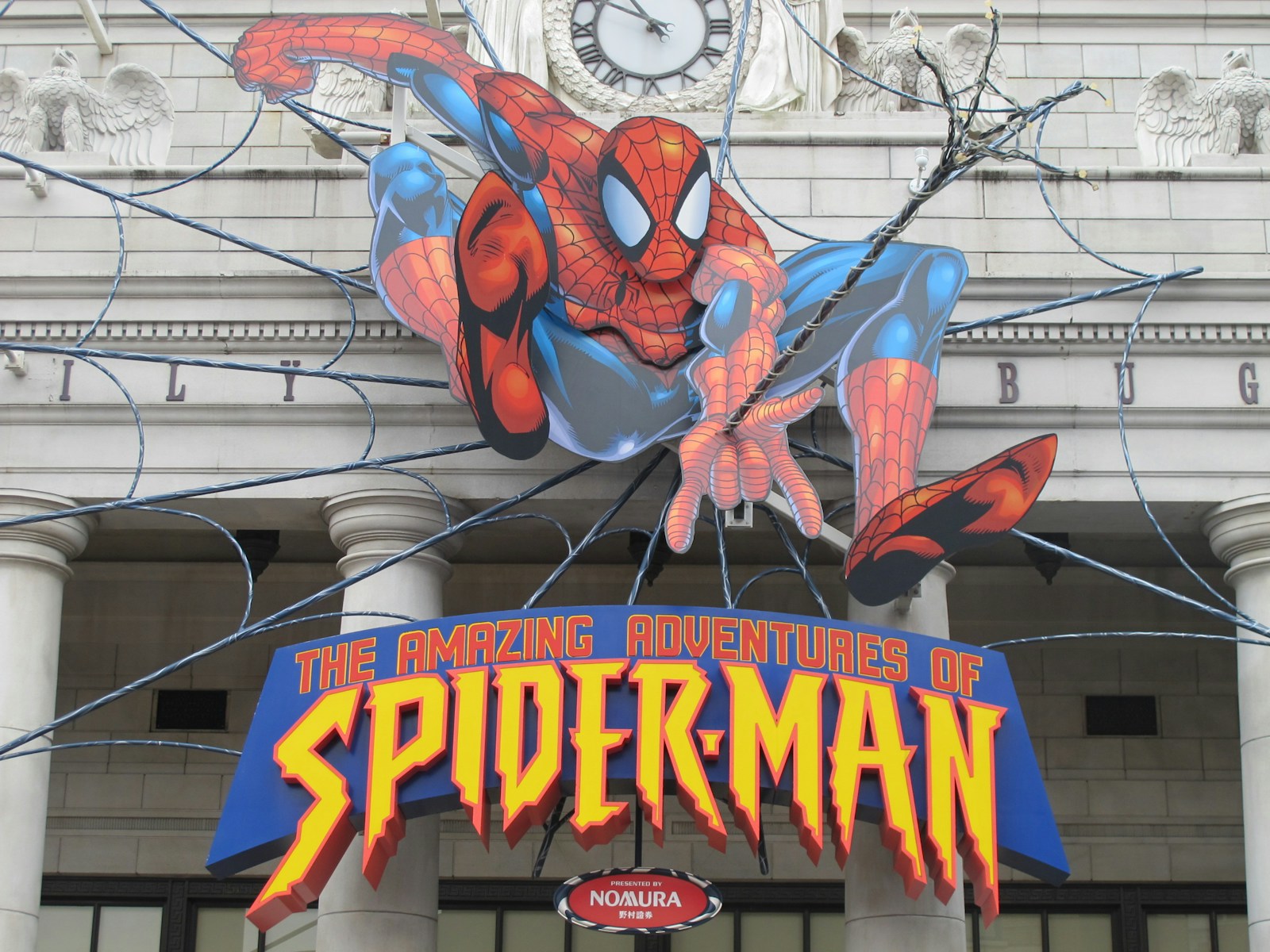
11. **Sony’s Spider-Man Universe**
Witnessing Sony’s Spider-Man Universe (SSU) unfold in real-time has been a truly tragic spectacle, akin to watching Kevin Malone spill his patented chili in *The Office* and then desperately attempting to scoop it back into the pot. With six films now under its belt, a troubling pattern has emerged: none of Sony’s Spider-Man-related movies have managed to gain significant traction among audiences, consistently leaving both dedicated superhero fans and casual viewers profoundly disappointed by their lackluster quality.
The nadir of this ongoing struggle was particularly evident in the severely negative reception of recent releases, including “2024’s Madame Web,” and the widely anticipated “Venom: The Last Dance” and “Kraven the Hunter.” These critical and commercial failures have reportedly prompted Sony to jettison its ambitious plans for future continuations within the SSU, a tacit admission that the grand design has failed to connect.
While the broader cinematic universe appears to be in a state of collapse, a faint flicker of activity remains, as the studio’s “Spider-Noir TV series” is apparently still moving forward at MGM+. This small detail, however, only underscores the grander failure: an expansive universe that, despite its potential, failed to establish a coherent, compelling presence, instead becoming a series of disconnected, critically panned endeavors. The SSU serves as a cautionary tale of ambition unmoored from quality.
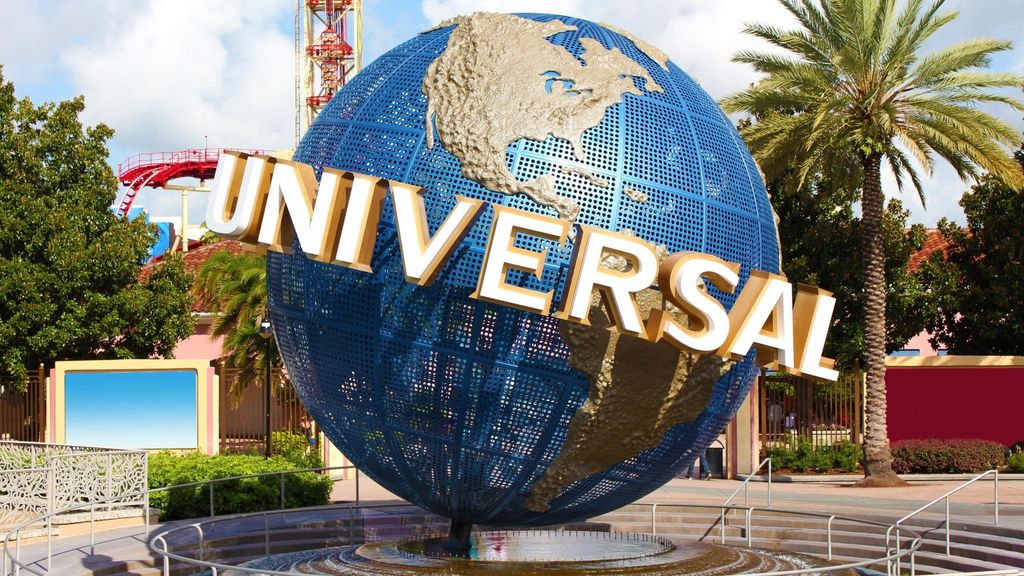
12. **Universal’s Dark Universe**
Almost a century after Universal’s iconic classic monster movies first enthralled audiences, the studio embarked on an ambitious endeavor to overhaul its various horror properties, launching with the 2017 “The Mummy” remake, and retroactively including 2014’s “Dracula Untold.” The initial blueprint for Universal’s “Dark Universe” envisioned an updated, interconnected take on its most beloved characters, featuring a star-studded cast like Russell Crowe as Dr. Jekyll and Mr. Hyde, Johnny Depp as the Invisible Man, and Javier Bardem as Frankenstein’s Monster.
This cinematic universe was explicitly designed to rival the scope and interconnectivity of Marvel’s Cinematic Universe, promising a fresh, cohesive narrative for these timeless figures. However, these grand designs were swiftly and spectacularly derailed by “The Mummy’s disastrous critical and financial shortcomings.” Its abysmal performance served as a definitive death knell.
Following this colossal failure, Universal promptly canceled all plans for any further sequels or spinoffs within the Dark Universe. Instead, the studio was forced to retool “The Invisible Man” into a critically acclaimed standalone horror film, demonstrating a retreat from its interconnected ambitions. The very name “Dark Universe” was relegated to an innocuous horror-themed land in Orlando’s Universal Epic Universe amusement park, a stark and rather ignominious end for what was once envisioned as Hollywood’s next big shared world.

13. **The Entire DCEU**
In its earliest, most hopeful stages, Zack Snyder envisioned that DC’s Extended Universe (DCEU) would ascend to rival the critical and commercial appeal of the Marvel Cinematic Universe by the mid-2010s. Igniting the decades-long rivalry between these two comic book giants, Snyder promptly delivered several major entries into his fledgling shared cinematic universe, including “Man of Steel,” “Batman v Superman: Dawn of Justice,” and the much-anticipated “2017’s Justice League”.
However, what followed was a series fraught with false starts, crippling setbacks, and a cacophony of conflicting creative visions that tragically prevented the DCEU from ever truly measuring up to the artistic benchmarks set by the best of the MCU, such as “The Avengers,” “Guardians of the Galaxy,” or Marvel’s “Spider-Man” films. Rather than achieving widespread esteem, the DCEU unfortunately caved in on itself, producing wave after wave of painfully dull box-office flops that consistently disappointed.
While the appointment of James Gunn as the new studio head for DC has since sparked renewed hope for a truly cohesive and compelling DC universe, the lingering question remains: what might have been? Comic book fans, and indeed the broader cinematic audience, can only wonder how different things might have played out had the DCEU managed to live up to Snyder’s initially grand, larger-than-life expectations, rather than collapsing under the weight of its own unfulfilled potential.
The relentless pursuit of expanding beloved stories, whether through direct sequels or ambitious shared universes, is a double-edged sword. While the allure of continued financial success often overshadows creative integrity, the ultimate cost is frequently the erosion of the very magic that made the original concepts so captivating. As studios continue to navigate this perilous landscape, these cautionary tales serve as stark reminders: some legacies are best left untouched, and not every successful film needs an empire built upon its foundations.

